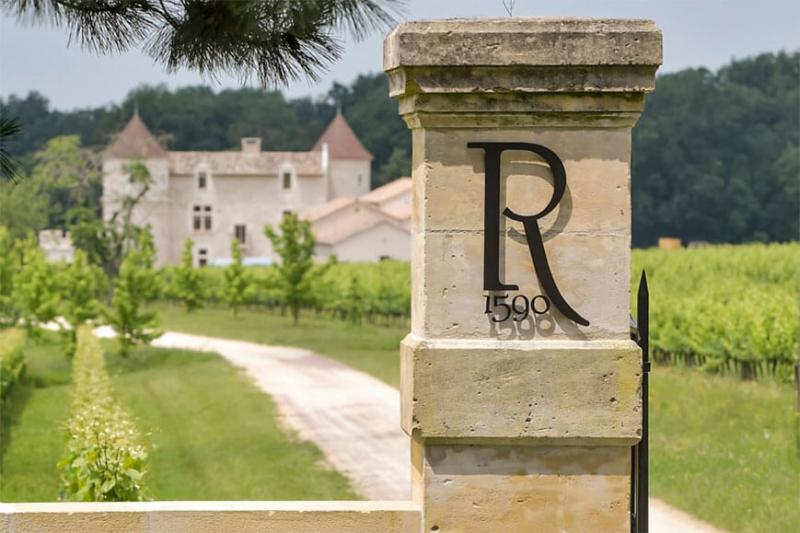 Bordeaux, France, a region of the world owning the distinction of being the largest AOC vineyard of France, which can be attributed to its great diversity of high-quality terroirs. The broad range of wines that it produces, the geographic factors and the styles of wine produced are what define the 'six families' of Bordeaux wines.
Bordeaux, France, a region of the world owning the distinction of being the largest AOC vineyard of France, which can be attributed to its great diversity of high-quality terroirs. The broad range of wines that it produces, the geographic factors and the styles of wine produced are what define the 'six families' of Bordeaux wines.
Bordeaux introduced the concept of classification in 1855 under Napoleon III, and it now serves as an expression of quality and prestige worldwide. The principle of the crus classés (“classified growths”) perfectly illustrates the synthesis of a terroir’s typical characteristics and dedicated human intervention over many generations to ensure quality. Grapes were first planted on La Roberterie in 1870.
There are six main Bordeaux varieties, three red--Merlot, Cabernet Franc and Cabernet Sauvignon and three white, Sauvignon Blanc, Semillon and Muscadelle, used for winemaking in Bordeaux. In-depth knowledge of the soils has made it possible to alter the choice of varieties to make the most of the aromatic dimension of the wines. Complimentary varieties, called “auxiliary,” are present in lesser quantities and can help bring out a wine’s specific personality during assemblage, or blending. Another important factor that make Bordeaux wines so unique is that they are created by a blend of several grape varieties. Each grape variety has its characteristics, soil, and microclimate. First Century Romans were the first to plant grape vines in this area, whereas in the last millennium Bordeaux has grown to be the most famous wine growing region in the world.
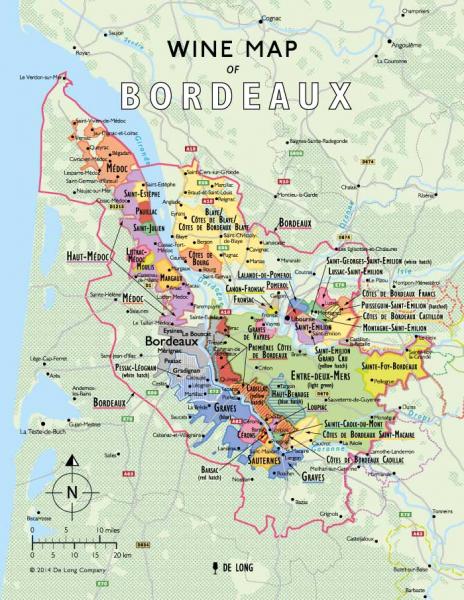 In Bordeaux, through the passing of the centuries, humans have honed and refined their understanding of grape varieties and adapted their work to the specific terroirs, preserving and perfecting the unique character of each variety. Bordeaux, France's, Chateau La Roberterie Winery, is an example of a winery steeped in its region's history. In keeping, La Roberterie grapes date back to 1590, when the Château was constructed as a small fortress, during the reign of King Henry IV of France (1589-1610). their wines examplify its ancient terroir. The property borders on the remnants of a Roman road that crossed the Dordogne River from Montcaret on the North bank, continuing to Bordeaux, 20 miles West of Juillac. The grapes were first planted on the La Roberterie property around 1870.
In Bordeaux, through the passing of the centuries, humans have honed and refined their understanding of grape varieties and adapted their work to the specific terroirs, preserving and perfecting the unique character of each variety. Bordeaux, France's, Chateau La Roberterie Winery, is an example of a winery steeped in its region's history. In keeping, La Roberterie grapes date back to 1590, when the Château was constructed as a small fortress, during the reign of King Henry IV of France (1589-1610). their wines examplify its ancient terroir. The property borders on the remnants of a Roman road that crossed the Dordogne River from Montcaret on the North bank, continuing to Bordeaux, 20 miles West of Juillac. The grapes were first planted on the La Roberterie property around 1870.
The Bordeaux wine region has seven regional Appellations d'origine contrôlée (AOCs) that may be used throughout the Gironde department. These are Bordeaux Rouge AOC, Bordeaux Supérieur Rouge, Bordeaux Clairet, Bordeaux Rosé, Bordeaux Blanc, a dry white, Bordeaux Supérieur Blanc.
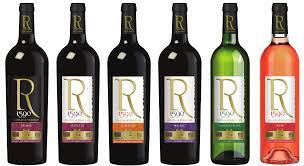 Freddy and Maïté Pantarotto became owners of La Roberterie in 1989 and continued its story until 2015, when current proprietors, Artur & Linda Zimmer, purchased the property, after falling madly in love with it and the prospect of making first class wines in France. After selling their food processing equipment business and retiring, Linda as the CFO and Art as the CEO, the Zimmers committed to restoring the deteriorated Château and expand and modernize the winery, as well as hopes to improve and optimize growing conditions. These projects were completed by late 2018. Today, there is a beautifully restored château and a state-of-the-art winery that produces award-winning wines of the highest achievable quality from the organically grown grapes from one of the best terroirs in the area and the world.
Freddy and Maïté Pantarotto became owners of La Roberterie in 1989 and continued its story until 2015, when current proprietors, Artur & Linda Zimmer, purchased the property, after falling madly in love with it and the prospect of making first class wines in France. After selling their food processing equipment business and retiring, Linda as the CFO and Art as the CEO, the Zimmers committed to restoring the deteriorated Château and expand and modernize the winery, as well as hopes to improve and optimize growing conditions. These projects were completed by late 2018. Today, there is a beautifully restored château and a state-of-the-art winery that produces award-winning wines of the highest achievable quality from the organically grown grapes from one of the best terroirs in the area and the world.
Since, 2009, La Roberterie, has made all the vineyards certified Organic Farming (Ecocert®) Organic practice examples include reducing use of chemicals, especially the addition of sulfur dioxide, to a minimum. Oenological practices are constantly being adapted, for the protection of the vintage, combining the action of cooling, inert gases, and bioprotection yeasts. Striving to exceed these objectives, the team of La Roberterie currently produces wine without added sulfur. The harvest is both manual and mechanical and, each case, special attention is focused on the sorting of the harvest, with the use of two different automated systems chosen according to the needs of the vintage.
In the p ortfolio, Selectus and Classicus wines together absorb about 80% of the red volume. The allotment between the two depends on quality from the different plots and blending preferences (Total of 48,000 bottles). The Rosé consumes the residual 10% of red varietals (6,000 bottles)
ortfolio, Selectus and Classicus wines together absorb about 80% of the red volume. The allotment between the two depends on quality from the different plots and blending preferences (Total of 48,000 bottles). The Rosé consumes the residual 10% of red varietals (6,000 bottles)
The 0.9 hectares of Sauvignon Blanc, also known as white Bordeaux, yield approximately 45 hectoliters of finished wine (6,000 bottles). "Sauvignon Blanc enriches our range of wines since its introduction in 2018. It is a white wine that expresses the aromatic richness of Sauvignon Blanc with refreshing notes of citrus and exotic fruits," notes Mme. Zimmer.
Did you know Bordeaux is where Sauvignon Blanc originated and it’s very old. In fact, it’s older than Cabernet Sauvignon? La Roberterie's Sauvignon Blanc 2019 ($12.99) and Sémillon each represent 42% of the vineyard surface and Muscadelle. Their sauvignon blanc is a bright gold color and shows notes of pink grapefruit, passion fruit. A perfect well-priced refreshing Summer sipper.
The grapes for La Roberterie Primus 2017, Bordeaux Supérieur ($29.99) is the Flagship cuvée of La Roberterie. It comes from the oldest parcels of the property, harvested manually. A wine for great occasions, Primus is the purest expression of Merlot on clay-limestone soil. Its fruitiness is enriched with characteristic truffle and menthol notes, contributed by Cabernet Franc and Cabernet Sauvignon. It’s smoky character results from 24-month ageing in all French oak barrels. are old vine merlot, hand-harvested, with 2 years in French oak barrels. As an old vine Merlot, the predominent grape, The Bordeaux Supérieur appellation covers the same geographic area as Bordeaux AOC.
However, the wine in this appellation is often produced by single parcels of older vines. Moreover, Bordeaux Supérieur wines must be aged for at least nine months before they can be sold.[The wine exhibits a nose of cassis, plum, blackberry, rasberry along with notes of toated oak and vanilla. ALC 14.5%. The Bordeaux Supérieur appellation covers the same geographic area as Bordeaux AOC. However, the wine in this appellation is often produced by single parcels of older vines.
Selectus Bordeau Superior 2015 $19.99 (largest production), is a blend of Merlot, Cabernet Franc and Cabernet Sauvignon, aged in French oak barrels. From Juillac, France, 14.5% ALC. As most regional Bordeaux AOC wines are produced on the Right Bank, Cabernet Franc is often found in the blend.
In the USA, La Roberterie, is distributedwith Global Wines of MD which distributes in MD, DC and will expand into VA and the Pennsylvania State Liquor Board.
Follow CITYPEEK Patti Neumann's Food, Wine & Travels:
Social Media: "Wine Country Muse" & email: patti@citypeek.com
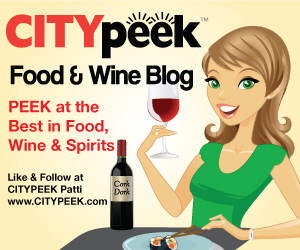


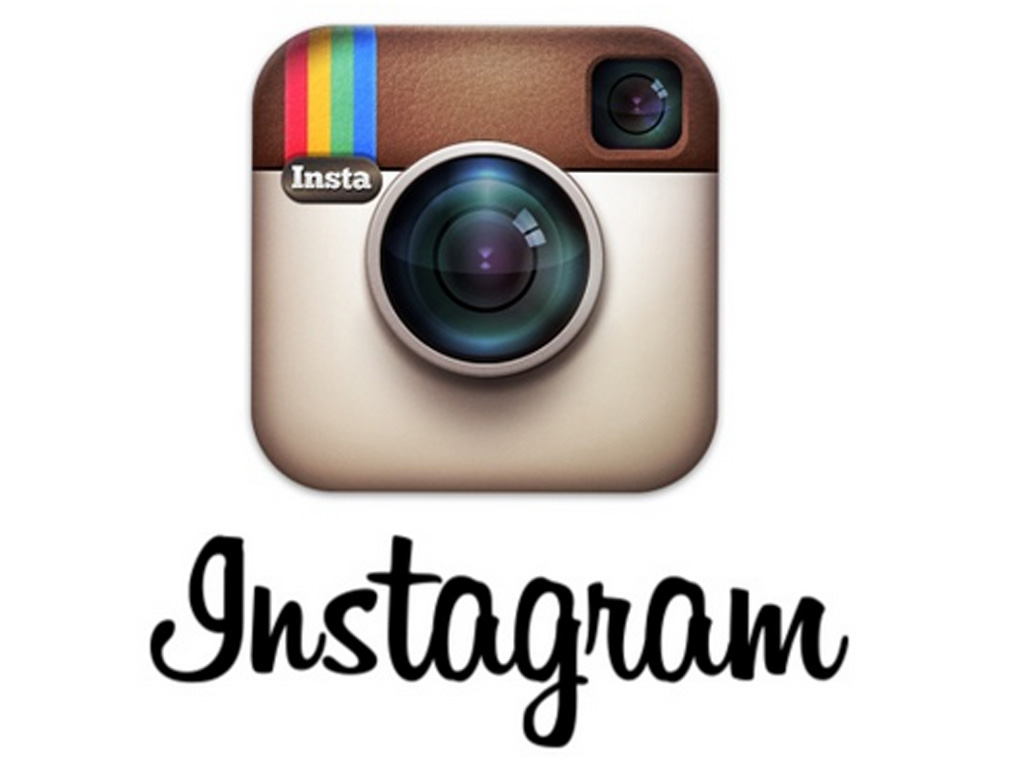


 Add Events
Add Events Food, Wine & Travel News
Food, Wine & Travel News
 Bordeaux, France, a region of the world owning the distinction of being the largest AOC vineyard of France, which can be attributed to its great diversity of high-quality terroirs. The broad range of wines that it produces, the geographic factors and the styles of wine produced are what define the 'six families' of Bordeaux wines.
Bordeaux, France, a region of the world owning the distinction of being the largest AOC vineyard of France, which can be attributed to its great diversity of high-quality terroirs. The broad range of wines that it produces, the geographic factors and the styles of wine produced are what define the 'six families' of Bordeaux wines. In Bordeaux, through the passing of the centuries, humans have honed and refined their understanding of grape varieties and adapted their work to the specific terroirs, preserving and perfecting the unique character of each variety. Bordeaux, France's,
In Bordeaux, through the passing of the centuries, humans have honed and refined their understanding of grape varieties and adapted their work to the specific terroirs, preserving and perfecting the unique character of each variety. Bordeaux, France's,  Freddy and Maïté Pantarotto became owners of
Freddy and Maïté Pantarotto became owners of  ortfolio, Selectus and Classicus wines together absorb about 80% of the red volume. The allotment between the two depends on quality from the different plots and blending preferences (Total of 48,000 bottles). The Rosé consumes the residual 10% of red varietals (6,000 bottles)
ortfolio, Selectus and Classicus wines together absorb about 80% of the red volume. The allotment between the two depends on quality from the different plots and blending preferences (Total of 48,000 bottles). The Rosé consumes the residual 10% of red varietals (6,000 bottles)
